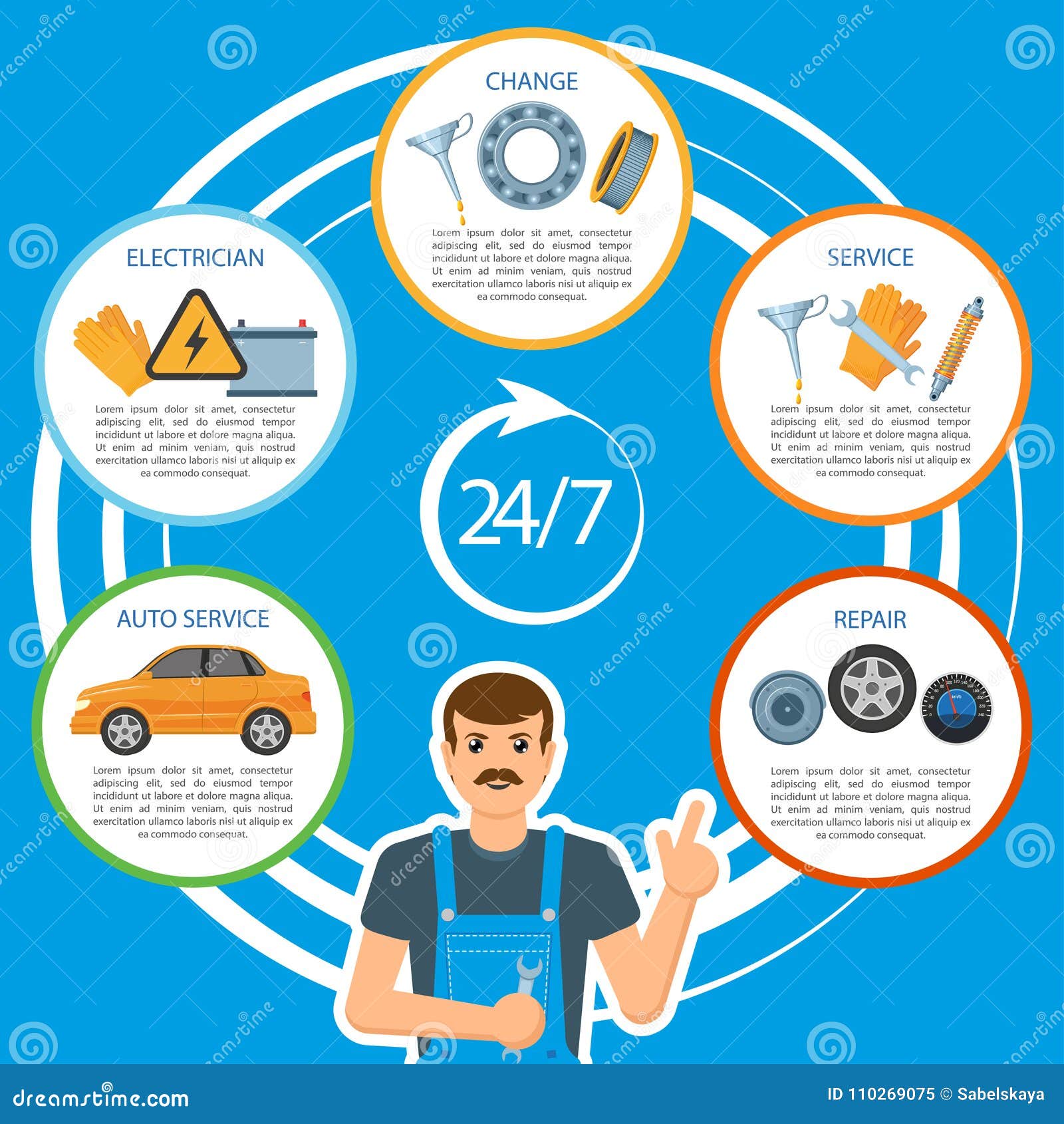Understanding Your Car'S Caution Lights: What Do They Really Mean?
Understanding Your Car'S Caution Lights: What Do They Really Mean?
Blog Article
Material Writer-Faulkner Corbett
When you're behind the wheel, those glowing caution lights on your dashboard can be a bit perplexing. Do you know what they're trying to inform you regarding your vehicle's health? Recognizing the importance of these lights is important for your security and the longevity of your car. So, the next time among those lights pops up, wouldn't you intend to understand its message properly and take the needed steps to resolve it?
Common Caution Lights and Interpretations
Recognize common caution lights in your car and understand their significances to ensure secure driving.
One of the most normal caution lights include the check engine light, which signifies problems with the engine or exhausts system. If this light comes on, it's important to have your lorry examined immediately.
The oil pressure cautioning light shows reduced oil pressure, calling for immediate interest to stop engine damage.
A flashing battery light may recommend a damaged charging system, possibly leaving you stranded otherwise addressed.
The tire pressure tracking system (TPMS) light alerts you to low tire pressure, influencing automobile security and fuel efficiency. Overlooking this could cause risky driving problems.
The abdominal light shows a trouble with the anti-lock stopping system, jeopardizing your capability to quit quickly in emergency situations.
Lastly, the coolant temperature level cautioning light warns of engine overheating, which can lead to serious damages otherwise fixed promptly.
Understanding these usual caution lights will aid you resolve problems promptly and preserve safe driving problems.
Value of Prompt Focus
Understanding the typical warning lights in your auto is just the very first step; the value of immediately addressing these warnings can not be emphasized sufficient to guarantee your security on the road.
When https://brakes-plus51628.snack-blog.com/30215732/discover-the-ins-and-outs-of-expert-vehicle-describing-enhanced-by-the-exclusive-insights-of-an-experienced-professional illuminates on your control panel, it's your cars and truck's means of communicating a possible problem that needs interest. Ignoring visit my web site can result in much more serious troubles down the road, compromising your safety and security and potentially costing you extra out of commission.
Prompt focus to cautioning lights can protect against breakdowns and mishaps. For instance, a flashing check engine light might show a misfire that, if left ignored, could create damages to the catalytic converter. Addressing this quickly can save you from an expensive repair.
Similarly, a brake system warning light could signal low brake liquid or worn brake pads, crucial parts for your safety and security when driving.
Do It Yourself Troubleshooting Tips
If you notice a warning light on your control panel, there are a few DIY troubleshooting tips you can try before looking for expert aid.
The primary step is to consult your automobile's manual to understand what the particular caution light suggests. Often the problem can be as simple as a loosened gas cap activating the check engine light. Tightening up the gas cap might resolve the issue.
One more typical problem is a low battery, which can trigger numerous alerting lights. Inspecting https://miloojdxs.techionblog.com/30296640/prepare-for-an-informing-journey-right-into-the-superior-automobile-repair-facilities-that-will-change-the-method-you-maintain-your-vehicle for rust and guaranteeing they're safe and secure may deal with the problem.
If a caution light persists, you can attempt resetting it by disconnecting the automobile's battery for a couple of minutes and then reconnecting it. In addition, examining your automobile's fluid levels, such as oil, coolant, and brake fluid, can help fix warning lights associated with these systems.
Conclusion
To conclude, comprehending your car's warning lights is necessary for keeping your vehicle running efficiently and safely. By immediately addressing these informs and understanding what they indicate, you can avoid costly repair work and possible malfunctions.
Bear in mind to consult your vehicle's manual for particular information on each warning light and do something about it accordingly to ensure a trouble-free driving experience.
view website educated, remain secure when traveling!
